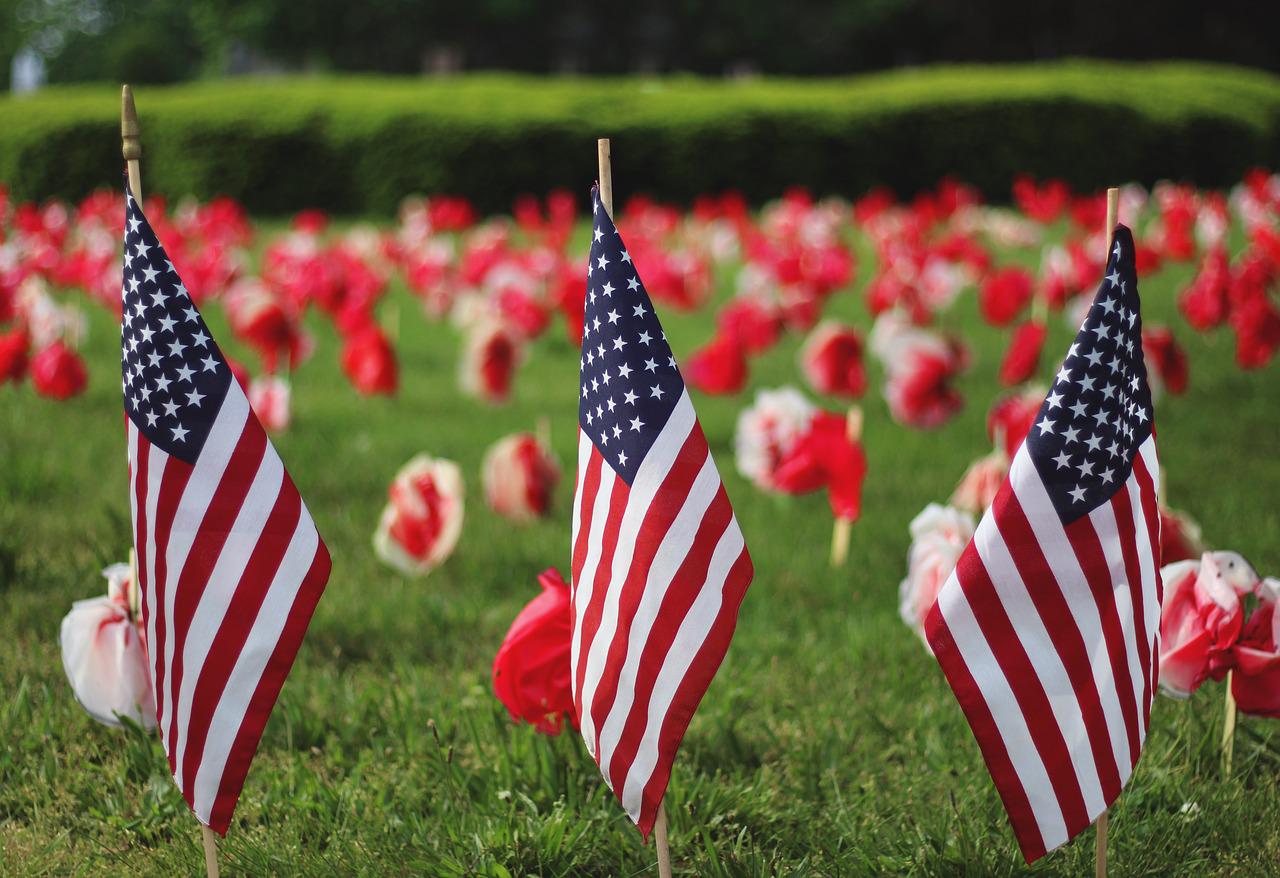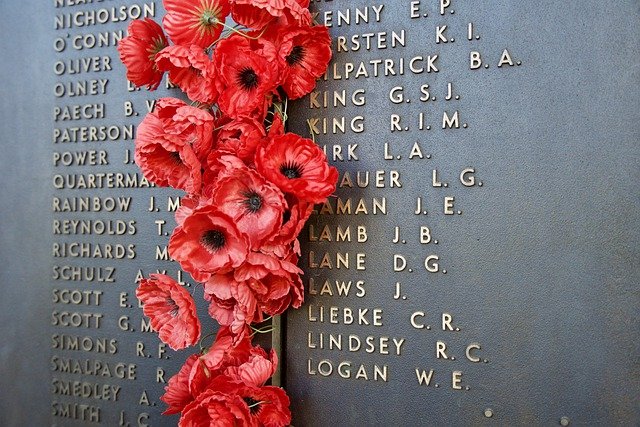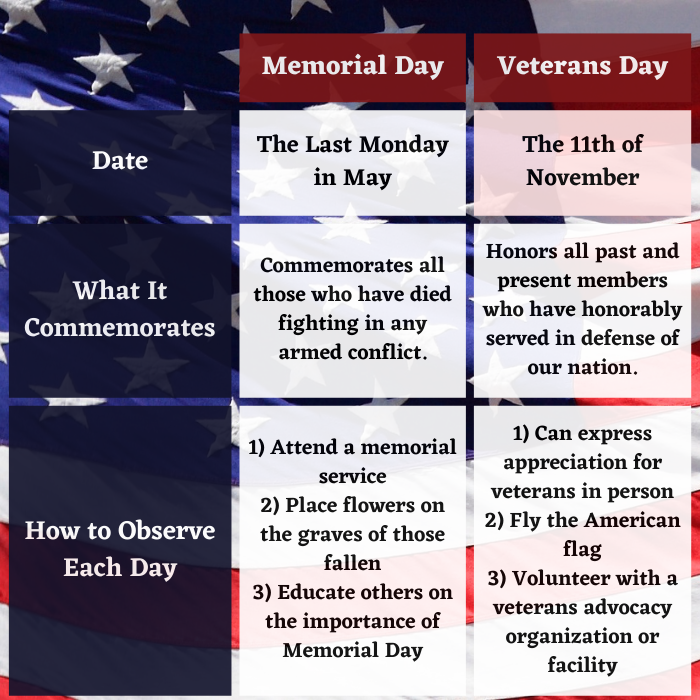
In this author’s opinion, Memorial Day is a day that the populous tends to have a vague idea about. However, it is a day that is rarely understood for its true purpose. To get a clearer picture, let’s start at the beginning.
Origin
What we know today as Memorial Day was actually called Decoration Day. After the Civil War ended, Americans from all over would hold memorials for those who had died during the war. The name “Decoration Day” came from when the graves of those fallen would be decorated with flowers.
The next milestone in the history of this national holiday came on May 5, 1868. General John A. Logan declared, “The 30th of May, 1868, is designated for the purpose of strewing with flowers, or otherwise decorating the graves of comrades who died in defense of their country during the late rebellion, and whose bodies now lie in almost every city, village and hamlet churchyard in the land.”

After World War I ended, the change was made to remember American personnel who had died in all engagements for the sake of protecting our country. Over time, the name shifted away from Decoration Day and toward Memorial Day.
Finally, in 1968, Congress passed the Uniform Monday Holiday Act. This meant that now Memorial Day would take place every year on the last Monday of May. It would be a federal holiday, meaning federal employees would have a three-day weekend.
Memorial Day & Veterans Day
Despite the two sharing different histories, dates, and purposes, many people get the two occasions mixed up. Rather than typing out all the differences between the two separate occasions, we have instead created this helpful infographic to help illustrate the point.

How To Commemorate the Day
Strictly speaking, you’re legally required to observe a moment of silence on Memorial Day. To quote the act, “…in Presidential Proclamation No. 7315 of May 26, 2000 (65 Fed. Reg. 34907), the President proclaimed Memorial Day, May 29, 2000, as a day of prayer for permanent peace, and designated 3:00 p.m. local time on that day as the time to join in prayer and to observe the National Moment of Remembrance…”
Of course, there are other traditions you can observe. Some carry on the tradition of Decoration Day by visiting cemeteries and placing flowers. Others elect to wear a red poppy on the day.
Another way to show your appreciation for those who paid the ultimate price is to educate yourself on their stories. I encourage you to click here to learn about the heroism of Pfc. James Anderson Jr..


